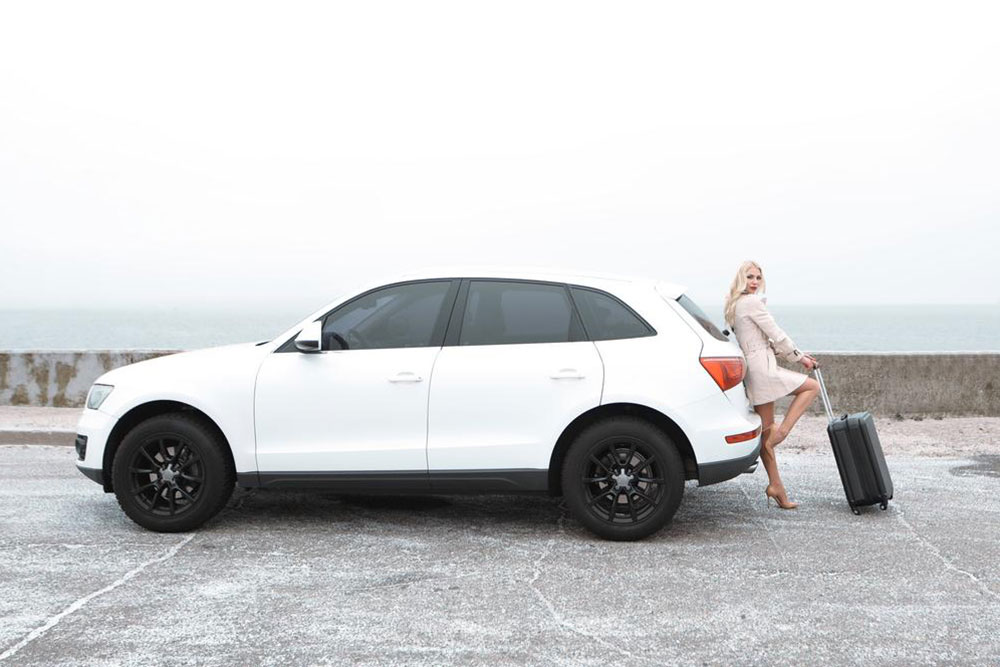Comprehensive Exterior Inspection Tips for Buying a Used Car: A Complete Guide
This comprehensive guide provides essential tips for inspecting the exterior of a used car before purchase. It emphasizes key areas like body panels, tires, undercarriage, and signs of previous damage to help buyers avoid expensive repairs and ensure vehicle safety. Learn effective inspection techniques and when to seek professional assessments for a wise used car purchase.

Essential Exterior Inspection Strategies to Secure a Reliable Used Vehicle
Purchasing a used car is a popular choice for many consumers seeking affordability and value. However, ensuring the vehicle's exterior is in good condition is vital to avoid future expenses and safety issues. A thorough exterior inspection involves examining the vehicle meticulously to identify signs of previous damage, repairs, or structural problems. This guide provides an in-depth overview of the key steps to evaluate a used car’s exterior effectively.
Begin your inspection by parking the vehicle on a flat, level surface. This allows for an accurate assessment of the car's body alignment and symmetry. Visually inspect all panels for dents, scratches, and any signs of repainting, which may indicate past accidents or repairs. Pay close attention to the consistency of paint color and finish across the entire exterior. Discrepancies could suggest patchwork that might hide underlying damage.
Next, inspect the bumpers and fenders thoroughly. These areas are prone to collision damage, so look for cracks, dents, or misalignments that indicate prior impacts. It's crucial to examine the hood and trunk for signs of excessive opening and closing, which could also reveal previous repairs or frame misalignment. Check the trunk area for water damage or rust—these can be symptoms of leaks or corrosion issues that compromise the vehicle’s structural integrity.
Inspect all four tires for wear pattern consistency. Uneven tire wear can signal alignment issues or suspension problems, which may have resulted from or contributed to accidents. Furthermore, ensure that all tires are of the same brand and type, and check the tread depth to confirm they are within safe limits. Don’t forget to examine the wheel rims for cracks or corrosion.
Another step involves looking closely at the vehicle’s undercarriage. If possible, lift the car using a jack or view from a ramp to check for rust, leaks, or damaged components. Rust on the frame or other structural parts can weaken the vehicle’s safety and longevity. Additionally, inspect the exhaust system for rust or holes, which could lead to costly repairs down the line.
Close inspection of the vehicle’s windows and mirrors is also essential. Look for chips, cracks, or signs of improper repairs. Leaking or foggy windows might indicate water leakage into the cabin or previous damage. Inside, examine the door fit and seal integrity, as poorly aligned doors could point to past accidents or frame issues.
Consider having a qualified mechanic perform a comprehensive inspection, including assessment of the engine bay, suspension, and chassis. An expert’s evaluation can uncover underlying issues not obvious during visual inspections, providing peace of mind before finalizing your purchase.
In summary, a detailed exterior inspection is crucial when buying a used car. Take your time to scrutinize every detail, from paintwork and body panels to tires and the undercarriage. Doing so helps you avoid purchasing a vehicle with hidden damage or structural flaws, ensuring your investment is safe and reliable for years to come. Remember, thorough pre-purchase inspections can save you from costly repairs and security concerns later.





